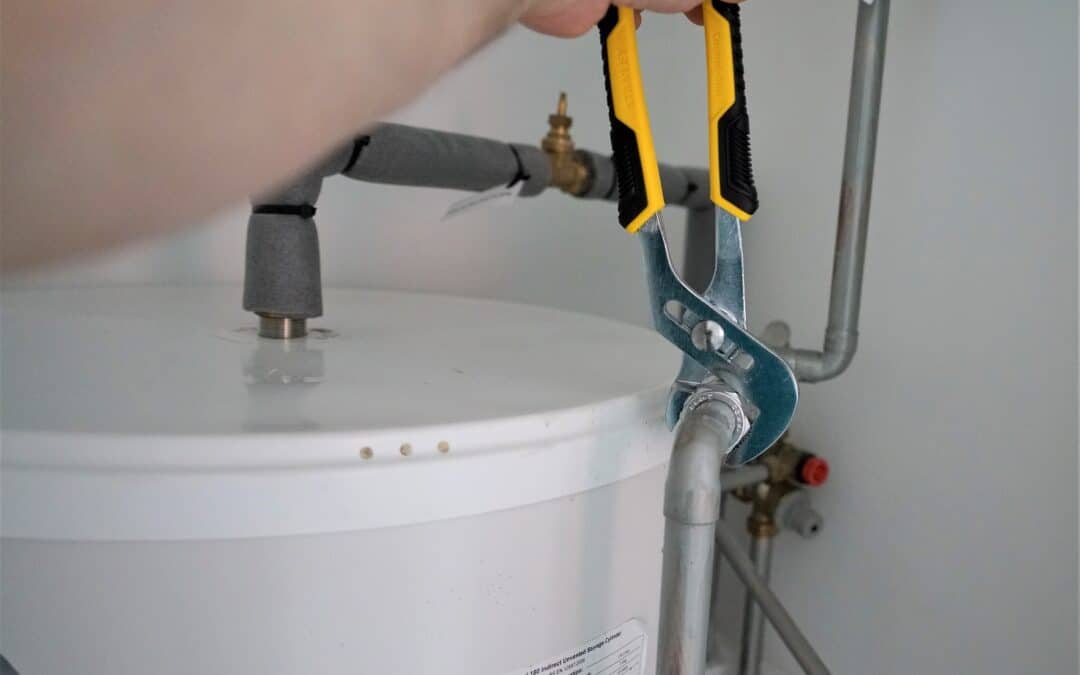In the journey of owning a home or overseeing a property, managing the integrity of your plumbing system ranks high in terms of importance. Emphasizing preventive care can ensure that your pipes and drains work without a hitch.
Forgetting to care for plumbing systems can lead to dire consequences. It’s not just about the havoc such issues can wreak on your property, but the financial equivalent of that damage can lead to a serious case of wallet heartache.
However, by keeping an eye out for potential plumbing nightmares, you can make strides to prevent these emergencies, or better yet, dodge them completely.
Pipe Replacement Due to Corrosion
In older homes and buildings, galvanized pipes that have corroded over time will need replacing sooner rather than later. Galvanized pipes were widely used in the past for their cost-effective characteristics
However, they are much more susceptible to rust and corrosion. While minor corrosion can be rectified with pipe repair methods like patching or sealing, more severe instances require full replacement.
Depending on the length of pipe needed for replacement and the difficulty of accessing it, this repair can range from a few hundred dollars up into several thousands.
Factors that play into the total cost include whether walls or flooring need removal for pipe access, permits required for major work, and the price of new piping materials such as copper or PVC.
To prevent extensive corrosion in your plumbing system and save money on costly pipe replacements:
- Have regular inspections by a licensed provider.
- Watch for early signs of rust, like discolored water or reduced water pressure.
- Replace small sections of corroded pipes where possible, before the issue spreads.
Sewage and Drain Line Repairs
Sewer or drain lines can become compromised due to tree roots, shifting soil, corrosion, or blockages. If more than one drain in your home is regularly backing up or if you are encountering sewer gas smells inside the house.
It could indicate a significant problem that needs addressing as soon as possible. The first step is to locate and then fix the leak.
Repairing sewage and drain lines will depend on the exact nature of the issue. For instance, if the problem is relatively straightforward, such as clearing tree roots from the line with hydro-jetting equipment, costs can be minimal.
However, larger repairs like replacing a collapsed section of pipe could set you back several thousand dollars owing to labor-intensive excavation and replacement work. In severe cases where major landscaping is necessary for pipe access, the cost may exceed $10,000.
Repiping Your Entire Home
The most extensive plumbing repair job any homeowner might face would be re-piping an entire house. This process involves completely removing all existing pipes and fittings within your property and replacing them with new materials such as copper or PEX (cross-linked polyethylene) tubing.
This massive overhaul is typically undertaken when there are recurrent plumbing issues caused by poorly-installed systems or inferior materials that have not stood up to wear-and-tear over time.
The expense of whole-house repiping varies depending on factors such as property size and complexity of installation. However, homeowners should generally expect to pay several thousand dollars for this level of repair work?
In some instances reaching over $15k when large or intricate homes are concerned. This expense should, however, be weighed against the potential costs of repeated leaks and water damage that could occur without addressing an inadequate plumbing system.
Replacing a Water Heater
Though it may not be as intricate or complex as other plumbing repairs touched on in this article, dealing with a broken-down water heater still comes with its fair share of financial burden.
When you need to replace your water heater – be it gas or electric – you will typically find your pockets lighter by $500 to $1,600. This cost is directly linked to the capacity of the system and its energy efficiency rating.
However, when factoring in labor for installing the new appliance and removing the old one (which generally takes several hours), the overall price can swiftly rise into thousands of dollars territory.
In addition to up-front expenses for buying and installing a new water heater, you may also face costs relating to repair or replacement of surrounding components like pipes or thermostats. To avoid unpleasant financial surprises when your water heater fails:
- Schedule regular maintenance inspections, including flushing out sediment deposits from the tank.
- Monitor your water heaters age; most units last 10-15 years before needing replacement.
- Pay attention to warning signs like temperature inconsistencies or frequent repair issues indicating a failing unit.
In conclusion
As you can see, ignoring plumbing problems and skipping regular maintenance checks may result in expensive repair jobs that will likely set you back a significant amount. Familiarize yourself with potential costly repairs like those mentioned above and keep an eye out for warning signs before they escalate further.

Recent Comments